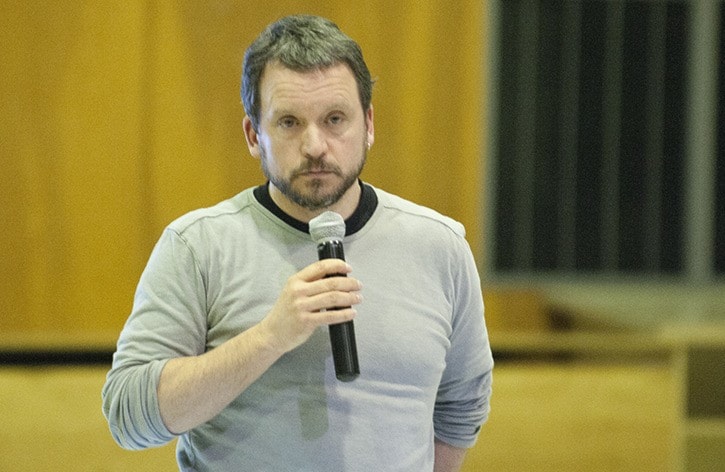With pipeline proposals coming hard and fast in B.C. these days, it is hard to keep them straight.
Some initiatives by First Nations groups are aiming to help with this.
One key to understanding the multiple projects on the go is a website which includes a map of some of the proposed liquified natural gas (LNG) projects and information specific to the interests of First Nations being impacted.
The website (fnlngstrategy.ca) is aimed at creating a strategy around LNG by First Nations, for First Nations, offering a location for information on proposed projects and a place for opinions and identifying issues specific to First Nations communities and culture.
Also aimed at helping to get information out to communities, a recent open house was held at Kwah Hall on Nak’azdli to help the public understand the pipeline application process, how to provide input and learn about specifics of some of the projects.
Nak’azdli First Nation hosted the on Jan. 30 and invited representatives from the B.C. Environmental Assessment Office (BCEAO) and the B.C. Oil and Gas Commission (BCOGC) from Smithers and Victoria, speaking to those in attendance.
There are currently five natural gas pipeline projects in northern B.C. in the works, one of which has been granted an environmental assessment certificate.
The Pacific Trails LNG pipeline which would carry LNG from Summit Lake north of Prince George to the Kitimat LNG Terminal was granted a certificate and now is securing financing.
There are also four natural gas facilities proposed for the coast, one of which has received an environmental certificate (Kitimat LNG Terminal).
Cory Waters presented for the BCEAO and explained the process of applying for pipelines, jurisdiction and answered a number of questions about First Nations consultation and more.
Waters spoke on the purpose of the environmental assessments (EA) to assess the potential impacts of major projects, including the environmental, economic, social, heritage and health. and the regulatory framework around pipeline projects.
He detailed the regulatory framework, which begins at investigative permitting, allowing companies to investigate for submitting their proposal.
The environmental assessment process follows, which in itself has a number of stages, some of which have timelines and some of which do not.
The application screening must be done in 30 days, and determines whether there is enough information in the application.
The public comment period comes after this, in the initial stage of the application review. The total time allowed for the application review process is 180 days.
This timeline was raised as a concern at the open house, as it gives very short time periods for comment submissions from First Nations and the public and with so many projects on the books at the moment, it is difficult to inform a community about the projects in enough time to get specific feedback. There were also concerns voiced about how the BCEAO can deal with so many applications all at once and give enough attention to each one.
Cory Waters of the BCEAO said his office is well-staffed and they want to create a “coordinated and efficient process for everyone involved.”
The BCOGC also gave a presentation on the role of the BCOGC in natural gas development and then one on hydraulic fracturing by Deputy Commissioner James O’Hanley.
The first presentation explained the role of the BCOGC and the second explained hydraulic fracturing, often known as “fracking.” This is a process which uses fluid to create pressure underground to open cracks in underground rocks containing natural gas.
The presentation attempted to address concerns over risks to drinkable groundwater, giving schematic diagrams which explained where the different types of wells exist underground, with domestic water wells normally at depths less than 150 m and the fracking taking place near 2,000 m and lower.
The presentation also discussed some of the materials used in hydraulic fracturing, from the water-based fluids to the additives put in to do things such as prevent corrosion of the pipe and stabilize the materials at high temperatures and finally the proppant, sand or other materials added to hold the fracture apart.
According to the presentation, over sevenmillion cubic metres of water was used in 2012 in hydraulic fracturing in B.C..
There were representatives at the open house from area First Nations, the public and Brenda Gouglas of the Fort St. James Sustainability Group, and while the numbers changed throughout the day, there were around 35 in the audience for the first presentation and question period.
